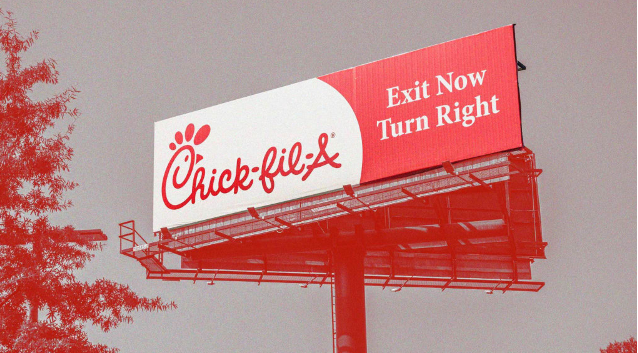Chick-fil-A’s Evolution: Adapting to Meet Customers Where They Are

The story of Chick-fil-A is one of innovation and adaptability, rooted in a history that dates back to 1967. That year, founder Truett Cathy opened the first Chick-fil-A restaurant in the food court of Greenbriar Mall in Atlanta. The concept of a mall-based restaurant was novel at the time, offering convenience to shoppers who could grab a quick meal without leaving the premises .
This early success led to expansion, but as the pace of shopping mall construction slowed in the 1980s, Chick-fil-A had to rethink its strategy. In 1986, the company opened its first free-standing location in the Druid Hills neighborhood of Atlanta. This shift allowed Chick-fil-A to reach customers beyond the confines of shopping malls, broadening its presence in the fast-food industry .
In 1993, Chick-fil-A took another innovative step by launching drive-thru-only locations, recognizing the increasing demand for quick, convenient meal options . This evolution highlights a key principle in business: the need to meet customers where they are, both physically and in terms of their changing preferences.
Fast forward to 2023, and Chick-fil-A is once again leading with two groundbreaking restaurant concepts designed to cater to modern consumers. The first, introduced in March, is a walk-in location on the Upper East Side of Manhattan. This New York City restaurant is tailored for app-only orders, with no dine-in services, cashiers, or even drink fountains. It’s a nod to the city’s fast-paced lifestyle, where takeout and delivery reign supreme .
The second new concept is just as innovative but takes a different approach. Located south of metro Atlanta, Chick-fil-A recently unveiled its first elevated drive-thru restaurant, featuring four drive-thru lanes and an overhead kitchen. This design is engineered to enhance service speed and streamline the customer experience, all while maintaining the brand’s signature hospitality .
These new ventures underscore Chick-fil-A’s commitment to evolving with its customers. From its early days in a mall food court to these cutting-edge designs, the brand continues to adapt, proving that staying relevant in the fast-food industry requires a willingness to change.
As businesses face the challenge of limited capacity, especially in the food service sector, Chick-fil-A’s approach offers a blueprint for success: continually innovate to meet customers where they are and anticipate where they are going. Nostalgia may have its place in marketing, but when it comes to business strategy, forward-thinking is key.





